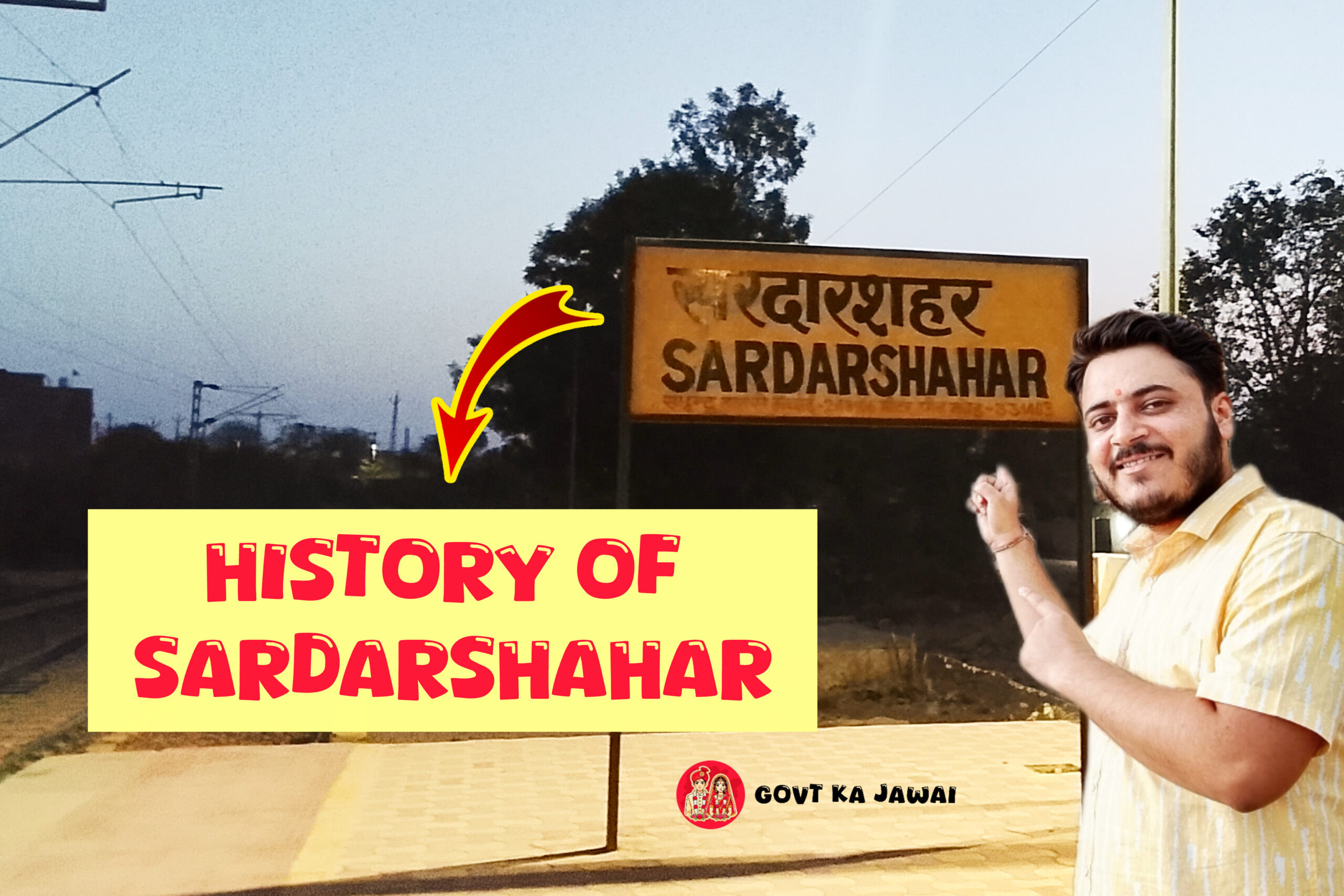Key Points
- Sardarshahar is a town in Rajasthan, not a village, established around 1838, named after Prince Sardar Singh of Bikaner.
- It seems likely that the area was originally called Rajiasar, founded by the Saran Jats, with a fort built by the Rathores.
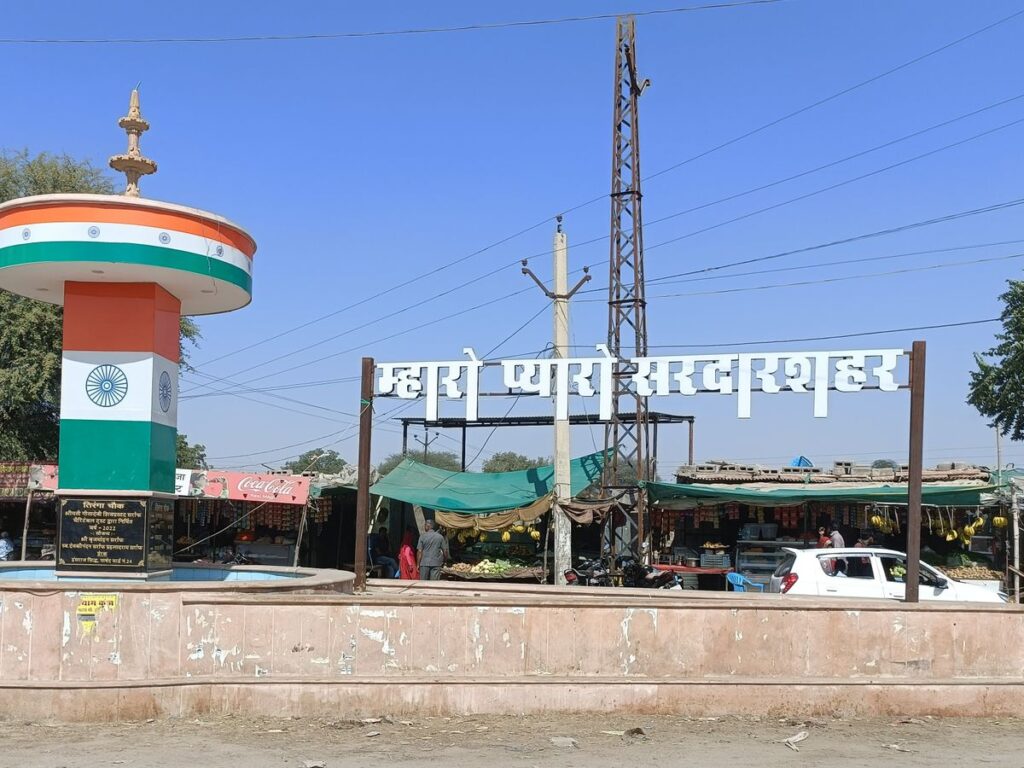
- Research suggests it was developed to boost the Bikaner state’s economy during weak economic times, with incentives like tax exemptions.
- The evidence leans toward Sardarshahar having historical structures like havelis with frescoes and being the birthplace of a Jain leader, Acharya Shri Mahashramanji.
Overview
Sardarshahar, located in the Churu district of Rajasthan, is a town with a rich historical background. It was established in 1838 at the site of the former village of “Alwana,” named after Prince Sardar Singh, the son of Maharaja Ratan Singh of Bikaner. The town is situated in the heart of the Thar Desert and is known for its cultural and historical significance.
Historical Development
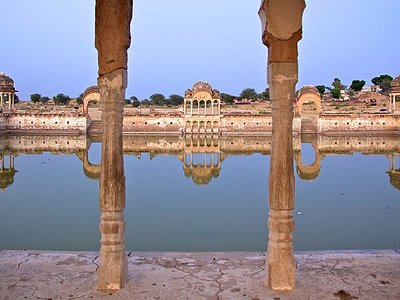
The area was originally known as Rajiasar, founded by the Saran Jats, with the Rathores later building a fort there. In 1832, it was renamed Sardargarh, and by 1838, it became Sardarshahar. This development was part of an effort to boost the Bikaner state’s economy during a period of weak economic conditions, with incentives like no tax for five years and prize money to encourage settlement.
Cultural and Historical Significance
Sardarshahar is famous for its havelis adorned with fresco paintings and carved woodwork, a small fort now housing government offices, and is the birthplace of Acharya Shri Mahashramanji, the eleventh Acharya of Jain Swetambar Terapanth. It is also known for its artistic talent in silver jewelry and Rajasthani music.
Survey Note: Detailed History of Sardarshahar, Rajasthan
Sardarshahar, a town in the Churu district of Rajasthan, India, has a deep historical and cultural tapestry that reflects its evolution from a small settlement to a significant administrative and cultural center. This note provides a comprehensive overview, drawing from various sources to ensure a thorough understanding of its history, development, and significance.
Origins and Early History
The area now known as Sardarshahar was originally called Rajiasar, founded by the Saran Jats, a community with historical ties to the region. The Rathores, another prominent group, are credited with building a fort in Rajiasar, marking an early phase of fortification and settlement. This fort likely served as a defensive and administrative hub, indicative of the region’s strategic importance.
Founding and Naming
In 1832, during the reign of Maharaja Ratan Singh of the Bikaner state, the area was renamed Sardargarh, possibly to honor Kunwar Sardar Singh, the Maharaja’s son. By 1838 (Vikram Samvat 1895), it was officially renamed Sardarshahar, solidifying its identity as a town. This renaming was part of a broader initiative to develop the region, driven by the economic challenges faced by the Bikaner state at the time. The founding was overseen by key figures such as Hukum Chand Surana and Madan Singh Chhajed, who selected the site, and Baid Mehta, who documented the orders. The establishment at the site of the former “Alwana” village was strategic, aiming to attract settlers with incentives like no tax for five years and prize money from the Bikaner state.
Economic and Administrative Development
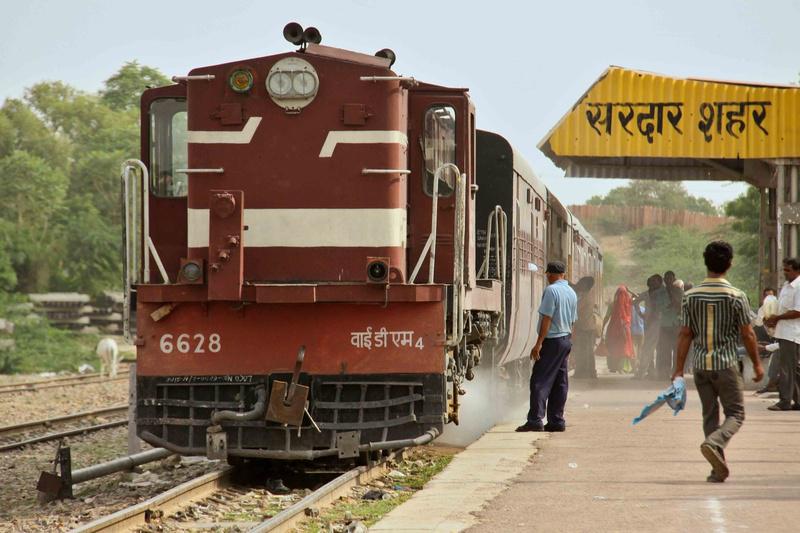
The founding of Sardarshahar was a response to weak economic conditions, with the town envisioned as a center for economic activity. To encourage settlement, the Bikaner state offered significant incentives, which helped lay the foundation for its growth. The municipality was established in 1896, marking a formal administrative structure. Historical population data reflects this growth: the 1891 census recorded a population of 44,911, with 93 villages in the tehsil, while the 1961 census showed an increase to 177 villages and a total tehsil population of 98,694, surpassing that of Churu. As of the 2011 census, the town’s population stood at 95,911, indicating continued growth Census 2011 – Sardarshahar Tehsil.
However, development was not without challenges. The region’s location in the heart of the Thar Desert meant that agricultural growth was hindered by a lack of rain in most land areas, impacting early economic prospects.
Historical Structures and Cultural Heritage
Sardarshahar is rich in historical structures that reflect its cultural and architectural heritage. Notable among these is a statue or छतरी (chhatri) of Indrapal Mohilo, dating back to 1185 AD, which underscores the area’s long historical presence. By the late 19th century, British influence was evident with the establishment of a post office and an Anglo-Vernacular school around 1890. The town also features a small fort, originally a stronghold with two cannons, which now houses government offices. This fort, along with havelis adorned with fresco paintings and carved woodwork, highlights the town’s artistic and architectural legacy Wikipedia – Sardarshahar.
Culturally, Sardarshahar is significant as the birthplace of Acharya Shri Mahashramanji, the eleventh Acharya of Jain Swetambar Terapanth, adding a religious dimension to its identity. The town is also known for its fine Rajasthani musicians and bands, as well as its artistic talent in silver jewelry, utensils, and other silver articles, reflecting a vibrant craft tradition.
Educational and Modern Significance
Over time, Sardarshahar has emerged as an educational hub within the Churu district, hosting institutions such as IASE D University, Gandhi Vidya Mandir University, and SBD Government College. This development underscores its role as a center for learning and intellectual growth, complementing its historical and cultural stature.
Summary of Historical Data
To organize the historical evolution, the following table summarizes key milestones and data points:
| Year | Event/Details |
|---|---|
| Pre-1832 | Area known as Rajiasar, founded by Saran Jats, fort built by Rathores. |
| 1832 | Renamed Sardargarh, part of efforts to boost Bikaner state’s economy. |
| 1838 | Renamed Sardarshahar, established at “Alwana” village site, named after Sardar Singh. |
| 1891 Census | Population 44,911, 93 villages in tehsil. |
| 1896 | Municipality established. |
| 1961 Census | 177 villages in tehsil, total population 98,694, more than Churu. |
| 2011 Census | Town population 95,911. |
| Historical Structures | Includes Indrapal Mohilo statue (1185 AD), British post office, school (c.1890), small fort with cannons. |
This table encapsulates the chronological and demographic evolution, providing a clear snapshot of Sardarshahar’s historical trajectory Jatland Wiki – Sardarshahar.
Sardarshahar, a city in the Churu district of Rajasthan, India, is a fascinating blend of historical, cultural, and educational significance. Below is a detailed overview of its tourist attractions, educational institutions, food, and cultural aspects based on available information.
Tourist Places in Sardarshahar
Sardarshahar is known for its unique historical monuments, ancient temples, and traditional architecture, making it a notable destination in Rajasthan. Here are some key attractions:
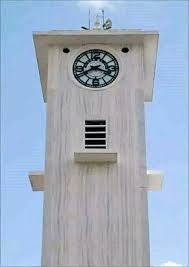
- Clock Tower (GhantaGhar):
- A unique landmark, this is the only clock tower in Asia with streets running under it in all four directions. Built by the Tantia family, it is made of white marble, stands 60 feet tall with a 30-foot upper minaret, and features Anglo-Swiss watches from Switzerland embedded on its four sides. It’s a major tourist attraction due to its architectural uniqueness and global fame.
- Iccha Puran Balaji Temple:
- Dedicated to Lord Hanuman, this temple is located on State Highway 7 (SH-7). Built by Seth Mulchand Malu, it is renowned for its intricate craft and sculpture work, making it one of the most famous temples in the region.
- Rani Sati Temple:
- Located in Taal Maidaan, this 18th-century temple is believed to house divine energies and is a significant cultural and religious site.
- Shanti Peeth (Jain Temple and Samadhi of Acharya Shri Mahapragya Ji):
- Situated on SH-7, this Jain temple and the samadhi of Acharya Mahapragya Ji, a revered Jain spiritual leader, is a place of peace and spiritual significance.
- Shri Sachchiyay Mataji Temple:
- One of the oldest temples in Sardarshahar, located on Dugar School Road, it is dedicated to the Goddess of Truth and is maintained by the Pandit Rajeet Kumar Bhojak family.
- Shani Dev Temple:
- Located at Pincha Ka Baas, Meena Ka Kkunva, this temple is managed by the Panchiram Pincha Charitable Trust and is a popular religious site.
- Satyaranayan Ji Temple:
- Known for its ancient architecture, this temple is another significant religious site in Sardarshahar.
- Havelis with Frescoes:
- The city is famous for its grand havelis (mansions) adorned with frescoes. The Jammer Haveli, in particular, features a frieze on its east wall depicting the story of Pabuji, a folk hero who introduced camels to Rajasthan, and paintings inspired by the Mahabharata. These havelis showcase the region’s rich artistic heritage.
- Baba Ramdevji Temple:
- Located on Dugar School Road, this temple adds to the city’s spiritual landscape.
Colleges in Sardarshahar
Sardarshahar is a notable educational hub in the Churu district, hosting a variety of colleges offering diverse courses. Here are some prominent institutions:
- Institute of Advanced Studies in Education (IASE) Deemed University:
- Established in 1955 with its foundation stone laid by Dr. Rajendra Prasad, India’s first President, IASE is a NAAC-accredited “B+” deemed university. It offers over 67 courses, including BBA, BCA, B.Ed, B.Tech, MA, MBA, MSc, PhD, and diploma programs, across streams like Education, Management, Sciences, and Engineering. Admissions are merit-based or through entrance exams like JEE Main/REAP for B.Tech and PTET for B.Ed. The university educates over 10,000 students and is located on a 1,200-acre campus.
- S.B.D. Government College:
- A government institution offering undergraduate and postgraduate programs, recognized for its quality education and infrastructure.
- Adarsh College:
- Established in 2010, this private college offers courses like B.Sc., B.Com, B.A., B.A. B.Ed., and B.Sc. B.Ed. across streams such as Science, Commerce, Humanities, and Education. It has 330 seats and is recognized by NCTE.
- Shri Bhanwarlal Dugar Ayurvedic College:
- Specializes in Ayurvedic education, offering courses in traditional medicine.
- Smt. K.D.G.D. Mittal Kanya Mahavidyalaya:
- A women’s college offering undergraduate courses in various disciplines, recognized for its focus on female education.
- Saraswati Shikshak Prashikshan Mahavidhyalay:
- Located behind the police station, this college focuses on teacher training programs.
- Shri Hari Shikshan Prashikshan Mahavidhyalay:
- Situated on Hanumangarh Road, it offers teacher training and other educational courses.
- Vishwa Bharti Teachers Training College:
- Another institution focused on teacher training, contributing to the city’s educational landscape.
- Shri Mahaveer T.T. College and Swami Sevanand T.T. College:
- Both are teacher training colleges offering courses like B.Ed, known for their quality education.
According to sources, there are over 31 colleges in Sardarshahar, offering courses in Commerce, Science, Education, and more, many of which are recognized by NCTE, AICTE, and NAAC.
Schools in Sardarshahar
Sardarshahar has a robust network of schools catering to various educational needs, from primary to senior secondary levels. Some notable schools include:
- Jawahar Navodaya Vidyalaya:
- A prestigious residential school offering quality education from secondary to senior secondary levels.
- Bal Mandir Senior Secondary School:
- Located in the heart of the town, it occupies a sprawling campus and is known for its comprehensive educational programs.
- Seth Sampat Ram Dugar Uchha Madhyamik Vidhyalay and Buniyadi Uchha Sikshan Sansthan (Basic School):
- Both are part of Gandhi Vidya Mandir and are among the oldest schools in Sardarshahar, offering traditional and value-based education.
- Krishna Public School:
- The oldest English-medium school in the town, established in 1988, known for its modern curriculum.
- Rose Buds Public School:
- Established in 1992, this school has been providing quality education for 27 years.
- Balika Vidhyalaya:
- A girls’ school focused on empowering female students through education.
- Government Senior Secondary School:
- A government-run institution offering affordable education with a focus on academic excellence.
- Other Notable Schools:
- Anjuman Senior Secondary School, Meera Niketan, Maharana Pratap School, Oxford Public School, Cambridge Convent School, and Basic Public School are also prominent, providing diverse educational options.
There are over 100 schools in Sardarshahar, offering quality education with excellent facilities, as per recent listings.
Food in Sardarshahar
Sardarshahar’s food culture is deeply rooted in Rajasthani traditions, offering a variety of flavorful dishes and sweets that attract both locals and tourists. Key highlights include:
- Traditional Rajasthani Cuisine:
- The city is famous for dishes like Dal Baati Churma, a staple Rajasthani meal consisting of lentils, baked wheat balls, and sweetened crushed wheat. Other popular items include Gatte ki Sabzi (gram flour dumplings in spicy curry), Ker Sangri (a desert vegetable dish), Mangodi, and Papad. Sweets like Ghewar, Mawa Kachori, and Jalebi are particularly renowned.
- Popular Restaurants and Eateries:
- Rama Hotel (Mega Highway, Ph: 9950794920)
- Pawan Hotel (Near SBD College, Mega Highway, Ph: 9772769813)
- Hotel SR Palace (Gandhi Chowk, Near Karni Maa Ka Mandir, Ph: 9414403294)
- Om Hotel (Kaccha Bus Stand, Ph: 9785987053)
- Vijay Restaurant (Motor Market, Mega Highway, Ph: 8107024965)
- Pareek Restaurant & PCO (Panchayat Samiti Road, Ph: 1564 222631)
- Ganesh Pavitra Bhojanalaya (Near Panchayat Samiti, Ph: 9414397416)
- Saini Bhojanalay (Gandhi Vidya Mandir, Ph: 1564 221716)
- Tajmahal Restaurant (Krishna Bus Stand, Ph: 9414422737)
These establishments offer a mix of traditional Rajasthani dishes and North Indian cuisine, catering to diverse tastes. Many operate from morning to evening, with some open daily. - Dining Experience:
- The city’s eateries range from small dhabas to more formal restaurants, providing authentic Rajasthani flavors. The traditional sweets and snacks are a highlight, offering a unique culinary experience for tourists.
Culture in Sardarshahar
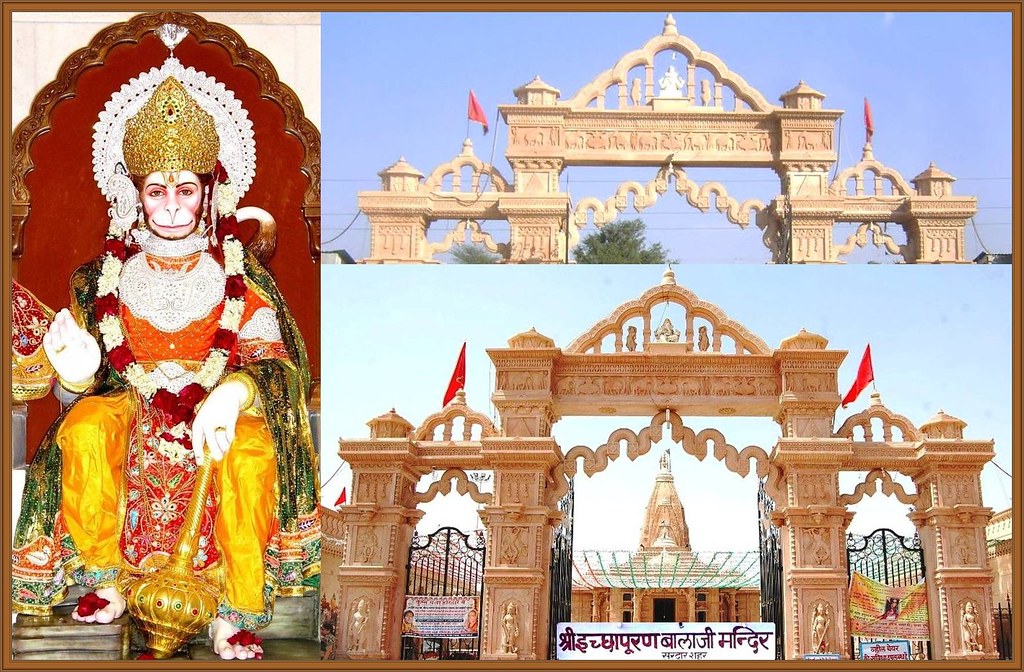
Sardarshahar’s culture is a vibrant tapestry of Rajasthani traditions, Jain heritage, and artistic craftsmanship, deeply influenced by its historical and religious significance.
- Religious and Spiritual Heritage:
- The city is a significant center for the Jain Terapanthi sect, being the birthplace of Acharya Shri Mahashramanji, the 11th Acharya of the sect. The Shanti Peeth and Acharya Mahapragya Ji’s samadhi are key cultural landmarks. Hindu temples like Iccha Puran Balaji and Rani Sati also play a central role in the city’s spiritual life.
- Art and Craft:
- Sardarshahar is renowned for its handicrafts, particularly silver work, woodwork, and frescoes on havelis. The Jammer Haveli’s frescoes, depicting scenes from the Mahabharata and the story of Pabuji, highlight the region’s artistic legacy. Wooden crafts and traditional Rajasthani artwork are also prominent.
- Festivals and Traditions:
- The city celebrates major Rajasthani festivals like Diwali, Holi, and Teej with enthusiasm. Jain festivals, such as Mahavir Jayanti, are also significant due to the strong Jain community. The Rani Sati temple hosts annual events that attract devotees, adding to the cultural vibrancy.
- Historical Significance:
- Established in 1838 and named after Sardar Singh, son of Bikaner Maharaja Ratan Singh, Sardarshahar has a rich history. It was a key tehsil in Bikaner State, with a municipality established in 1896. The city’s havelis, clock tower, and temples reflect its historical depth.
- Educational and Social Culture:
- As an educational hub, Sardarshahar fosters a culture of learning and community engagement. The presence of Gandhi Vidya Mandir and IASE University underscores its commitment to education, which is a key aspect of its social fabric.
Additional Details
- Accessibility:
- Sardarshahar is well-connected by road and rail. The Sardarshahar Railway Station is just 1.7 km from the town, with other nearby stations like Ratangarh Junction (45 km) and Churu Junction (53 km). The RSRTC bus depot and private bus operators like Jamindara Travels (Ph: 9950715196) and Sri Nath Yatra Service (Ph: 1562 221389) provide robust road connectivity. The nearest airports are Indira Gandhi International Airport (303 km) and Sanganeer Airport (245 km).
- Population and Demographics:
- As per the 1891 census, Sardarshahar Tehsil had a population of 44,911, which grew to 98,694 by 1961. The city continues to be a significant urban center in Churu district, with Hindi and Rajasthani as the primary languages.
- Accommodation:
- The city offers various hotels and resorts, such as Hotel SR Palace and Pal Do Pal, ensuring comfortable stays for tourists.
Conclusion
Sardarshahar is a hidden gem in Rajasthan, offering a mix of unique architectural landmarks like the Clock Tower, spiritually significant temples, and beautifully crafted havelis. Its educational institutions, including IASE University and numerous schools, make it a hub for learning. The food culture, rich with Rajasthani delicacies, and the vibrant traditions rooted in Jainism and Rajasthani heritage add to its charm. Whether you’re a tourist seeking history and culture or a student exploring educational opportunities, Sardarshahar has much to offer.
For further details on specific colleges or courses, you can visit:
- IASE University: www.iaseuniversity.org.in
- For SuperGrok subscription details: https://x.ai/grok
- For travel and accommodation: www.tripadvisor.com
If you need more specific information or want me to generate an image related to Sardarshahar’s attractions, please let me know!
In conclusion, Sardarshahar’s history is a blend of early settlement by the Saran Jats and Rathores, strategic development under the Bikaner state, and growth into a culturally and educationally significant town. Its location in the Thar Desert, combined with its historical structures and cultural heritage, makes it a fascinating subject for historical and cultural study.

